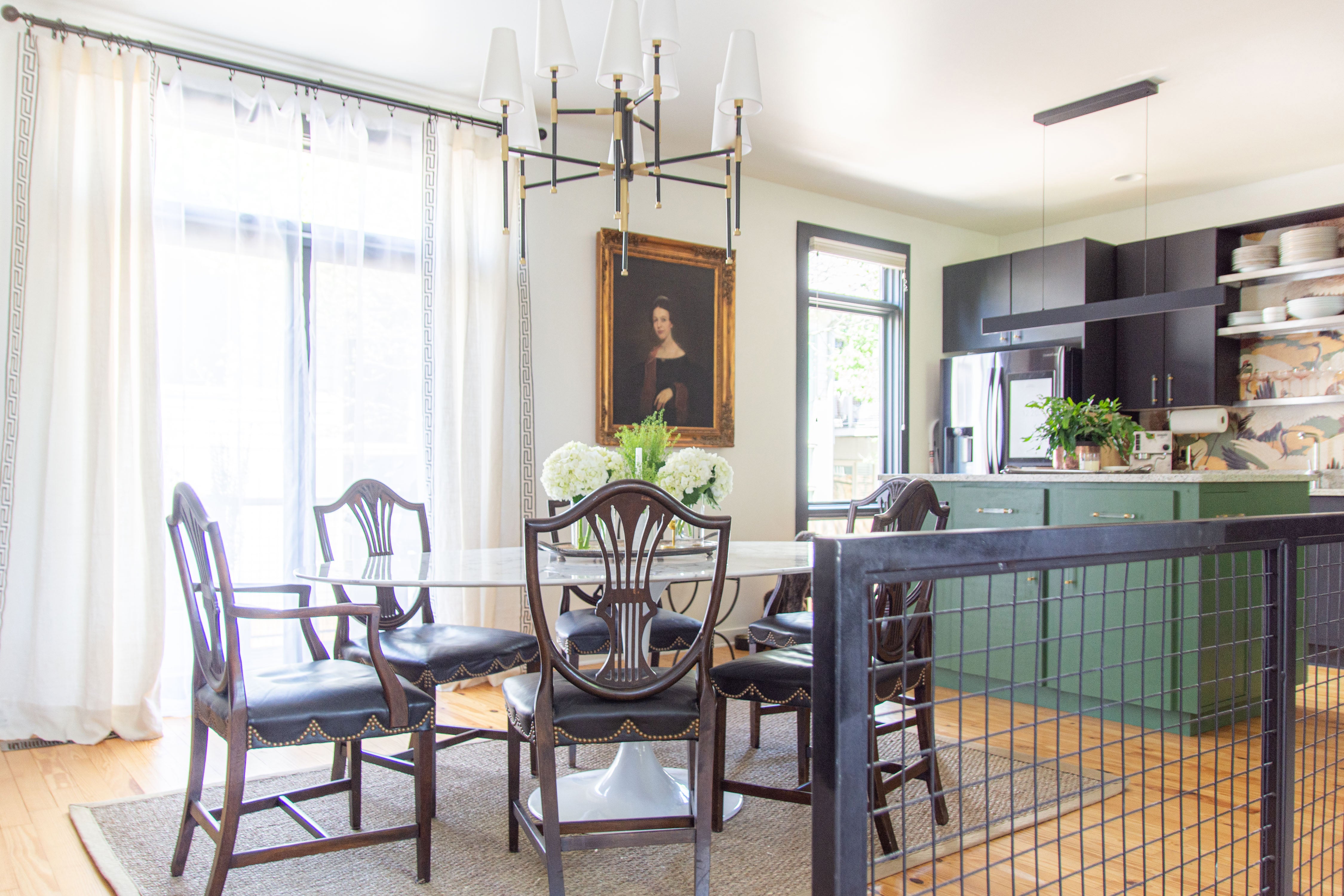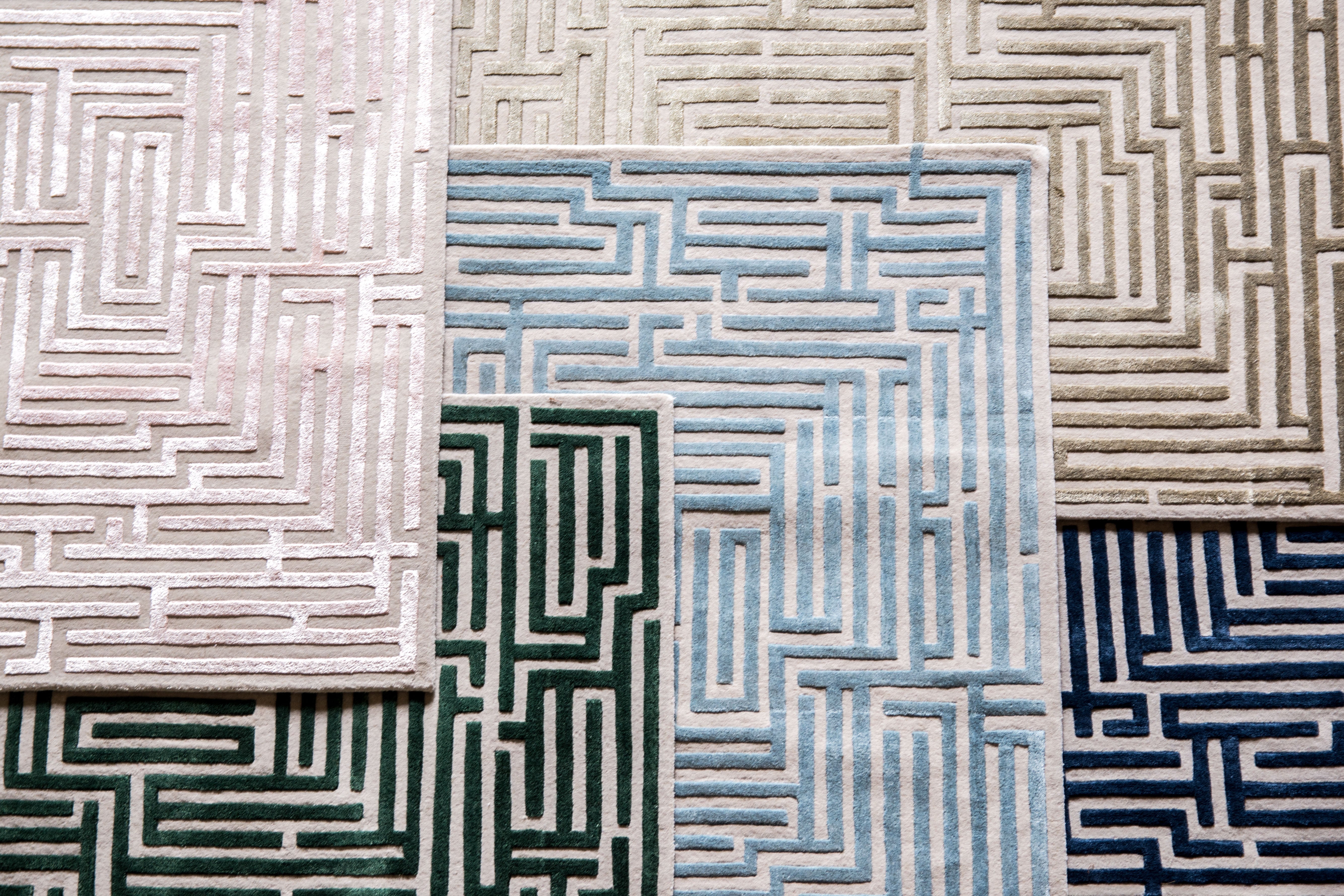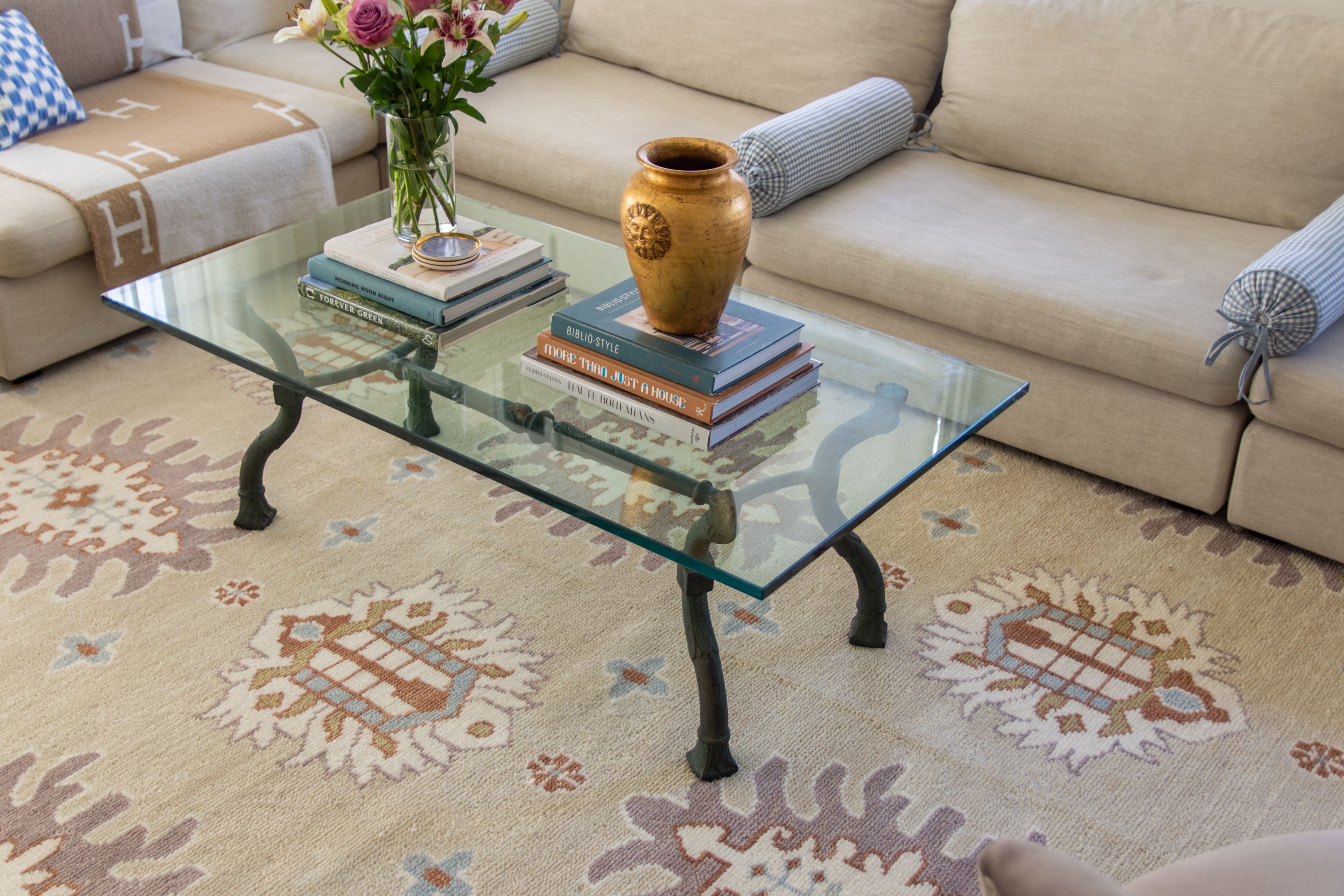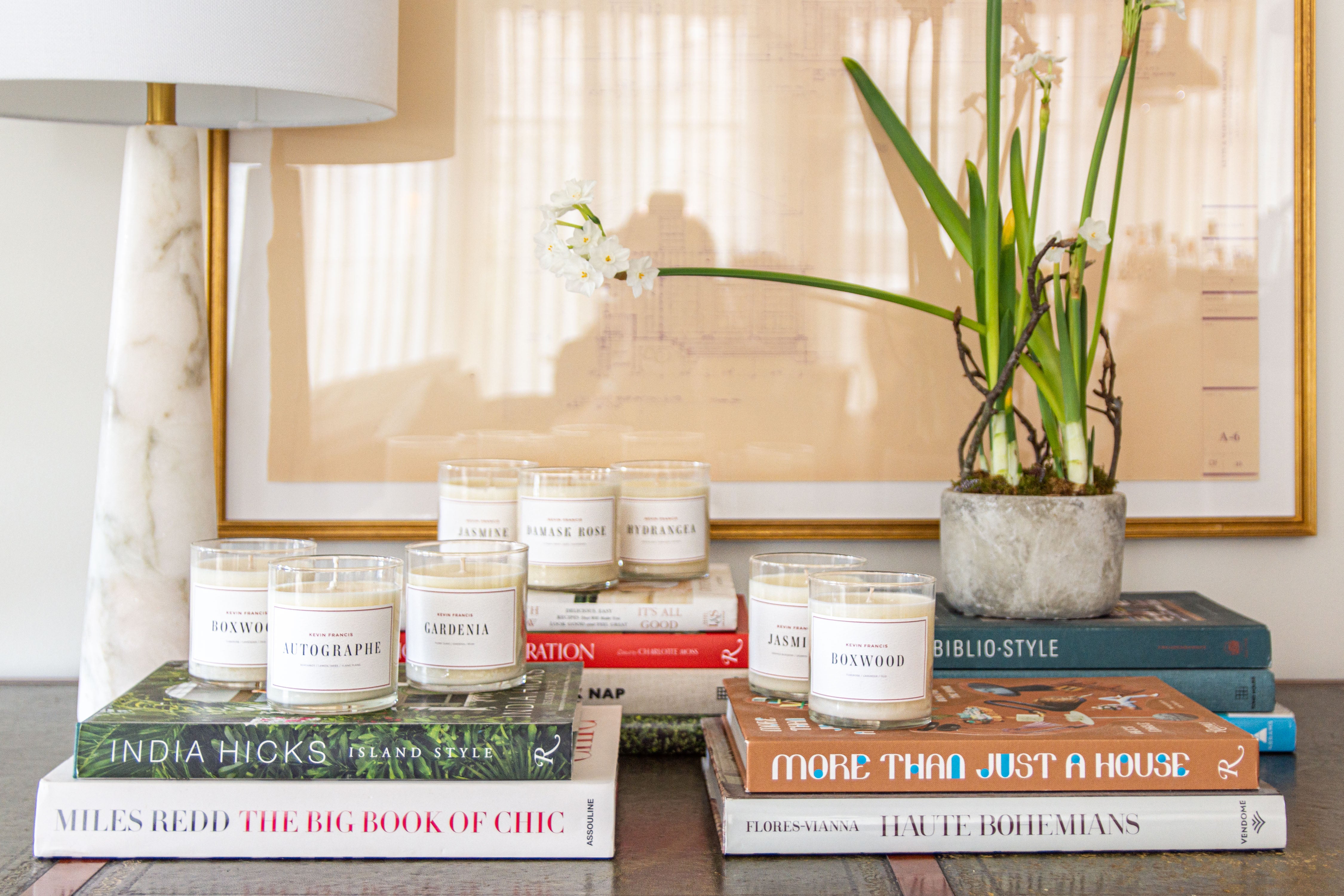Reasons to Avoid Installing a New Roof Over an Old One
Roofs are an essential part of any building as they protect it from the elements, provide insulation, and increase its value. However, over time, roofs deteriorate and require replacement to maintain their functionality. When this occurs, homeowners must decide to either replace the old roof entirely or add a new one on top. While installing a new roof over an old one may seem like a convenient and cost-effective solution, there are several reasons why it is not recommended. In this article, we will discuss some of these reasons and why it is best to avoid installing a new roof over an old one.
Added Costs
One of the primary reasons to avoid placing a new roof directly over an older one concerns the potential for added costs down the line. Initially, it might appear cost-saving since it eliminates the expenses associated with the laborious task of removing the existing roof. However, this approach can lead to unforeseen complications, such as trapped moisture between the layers, which can hasten the deterioration of the new roof.
In the long run, these added costs can amount to much more than what you initially saved. In particular, when homeowners put metal roofing over shingles, they risk damaging the roof structure due to the added weight. The extra weight of a second layer can strain the building's structure, potentially leading to costly repairs in the future. Thus, while it might seem like a budget-friendly option in the short term, the long-term financial ramifications can be significantly greater.
Decreased Aesthetics
Aesthetics influences a property's appeal and value. Installing a new roof over an old one can detract from a building's appearance, creating a bulky, uneven look as the layers need to align smoothly. Imperfections in the old roof may become more noticeable after installing the new roof, requiring challenging corrections.
Shingles may not align properly, disrupting the home's overall architectural harmony. From the curb, this can make a house look unkempt or poorly maintained. Consequently, what might have been a cost-saving measure can turn into a detriment, lowering a property's market appeal and potentially its value.
Structural Integrity Risks
Compromising a building's structural integrity is a key reason to avoid installing a new roof over an old one. Adding another layer can strain the structure, potentially leading to sagging or even structural failure over time, which can pose safety risks and require costly solutions.
Furthermore, installing a new roof over an old one can make it more difficult to detect and repair underlying issues, such as rot or decay in the underlying structure. This hidden damage can weaken the building's structural integrity, leading to costly repairs and even potential safety hazards.
Potential Code Violations
Many municipal building codes enforce strict rules for new roof installations. Adding a new roof over an existing one could breach these regulations. These codes ensure building safety and structural integrity; disregarding them may lead to fines or legal action. Additionally, if you decide to sell your property in the future, potential buyers may request proof that all building code regulations were followed during the roof installation. Hence, consulting a professional to ensure code compliance when replacing a roof is crucial to prevent violations and future issues.
Moisture Trapping and Mold Growth
Another major concern when layering one roof over another is the potential for moisture trapping between the layers, leading to mold and mildew growth. Over time, this can cause rot, which can spread to other parts of the building's structure. The trapped moisture also creates a breeding ground for insects and pests that can damage the roof and potentially invade the home.
Moreover, even if the old roof was in good condition before layering, the added weight and stress from the new layer can cause small cracks and gaps to form, allowing moisture to seep in. Once trapped, it can be challenging to detect or repair this damage without completely removing the new roof layer, leading to further expenses and potential health hazards.
Warranty Voidance
Choosing to install a new roof over an old one can void warranties from roofing material manufacturers. Manufacturers typically mandate installing new materials on a cleared surface for optimal performance. Layering a new roof over an old one risks warranty invalidation, exposing homeowners to potential defects in the materials.
This could lead to substantial out-of-pocket costs for repairs or replacements that could have been covered. Roofing contractors might hesitate to guarantee work on a layered roof, reducing the homeowner's safety net. Understanding these risks is vital for homeowners to make informed decisions and protect their investment's value and security.
While the idea of a new roof without removing the old one is appealing, the risks and long-term issues of overlaying should be considered. Your home's roof is crucial for its structure, health, and value. Prioritize long-term safety and prosperity by choosing a full roof replacement when necessary. This ensures all issues are addressed, and the new system can perform effectively.










